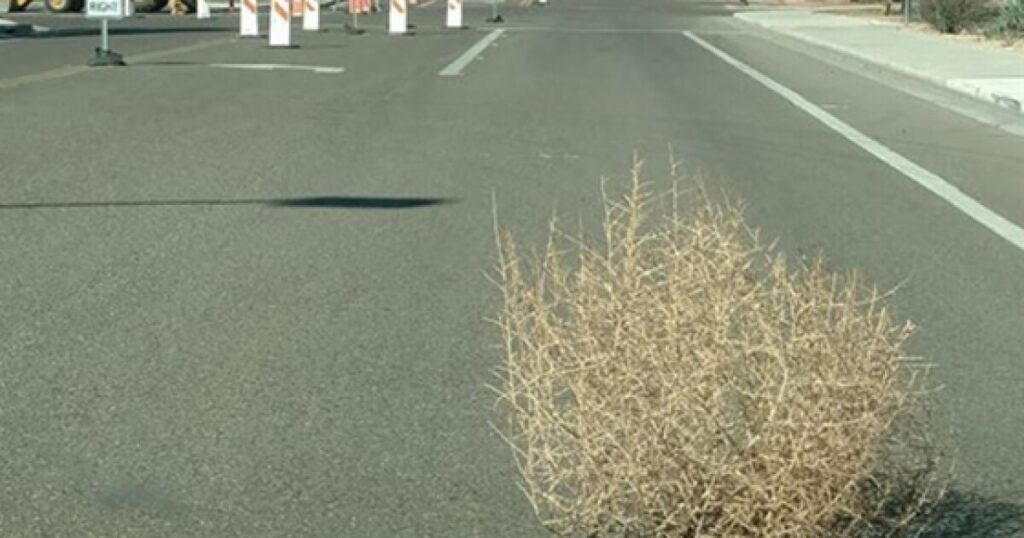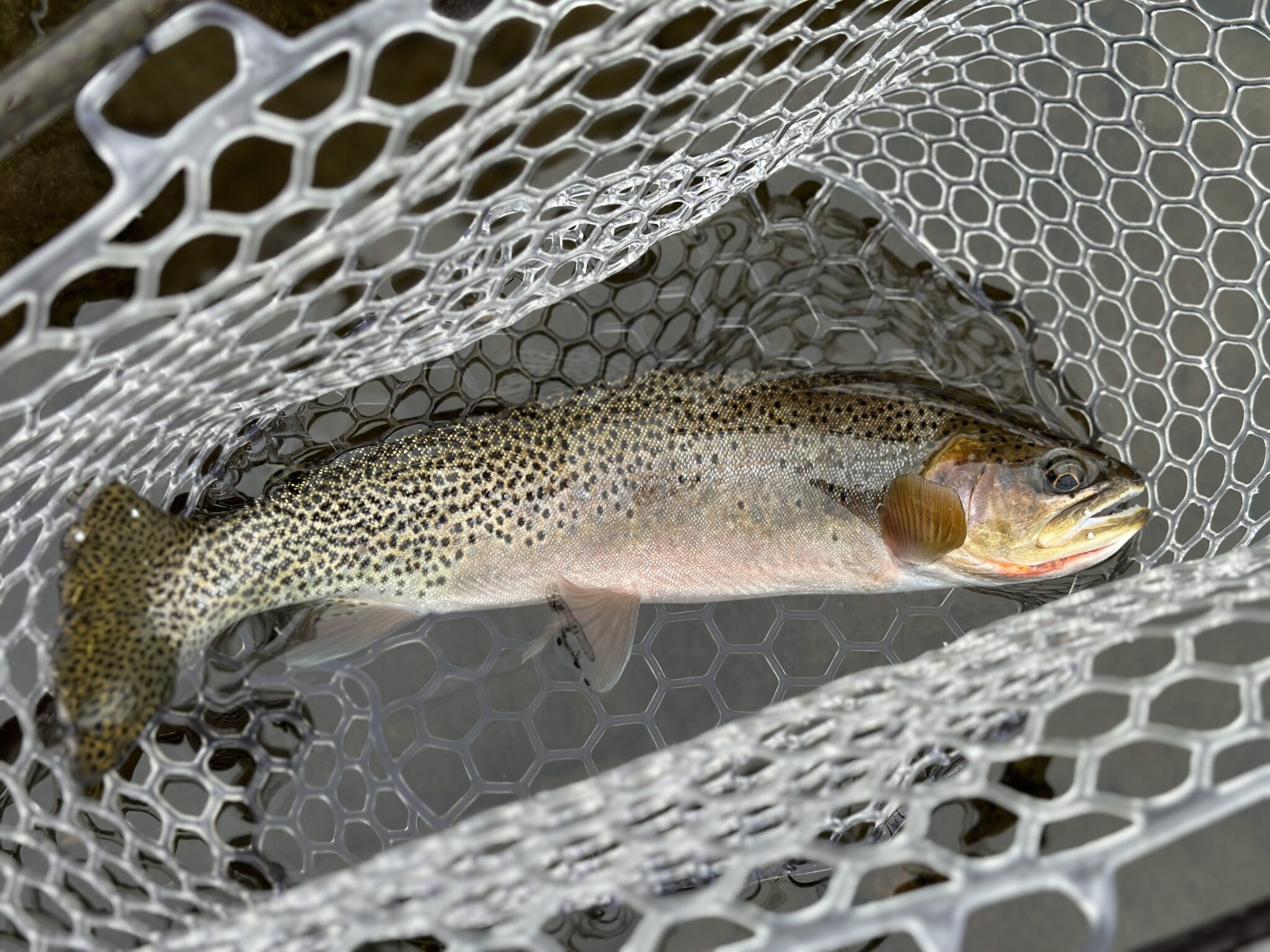Known for its iconic presence in Western movies, the tumbleweed, scientifically referred to as Salsola tragus, is a symbol of vast, open spaces and the unpredictable boom-and-bust lifestyle of America’s frontier days. However, the story of this rolling plant is far more intricate than its cinematic appearances suggest.
Introduced to the United States accidentally in 1874 via flax seeds from Russia, the tumbleweed, or Russian thistle, quickly spread across the landscape, becoming an invasive species. These spiky orbs disperse seeds while traversing open fields, perpetuating their spread.
A surprising twist in the tale of the tumbleweed emerged in the mid-1990s when scientists Debra Ayres and Fred Ryan conducted research in Arizona and California’s Central Valley. Ayres revealed in an interview that their studies uncovered an unexpected discovery.
The Australian Connection
DEBRA AYRES: “We discovered that 40% of the plants that we sampled throughout the Central Valley in California were something completely different. This unknown tumbleweed that we hadn’t identified anywhere in the world and it turned out it was this Australian tumbleweed.”
The presence of Australian tumbleweed in the U.S. was previously unrecognized until Ayres and Ryan identified it through molecular biology techniques. Despite its pervasive spread, this species had remained unnoticed by many who dismissed it as just another tumbleweed.
Understanding the Tumble
SAM DINGMAN: “Why do tumbleweeds tumble? Where does the name come from?”
AYRES: “Well, this is actually a fascinating dispersal mechanism. In Russian thistle, the bottom of the plant, the stem part where it meets the roots, it breaks off naturally. The plant is round, like a ball, the wind picks it up and blows it until it stops by a fence or a tree or a house.”
This natural mechanism allows tumbleweeds to propagate quickly, sometimes accumulating in large numbers against structures, potentially posing fire hazards due to their dry, flammable nature.
The Emergence of a New Species
DINGMAN: “And there is also now a third type of tumbleweed, correct? The so-called ‘monster tumbleweed.’
AYRES: “What happened was, Dr. Fred Ryan, he was in Coalinga and he noticed a tumbleweed that didn’t look like either of the tumbleweeds we were familiar with. This was different than either one of them. And so, we did molecular biology and chromosome counts and all kinds of investigations on this mystery tumbleweed, and it turned out that the Australian and the Russian tumbleweed hybridized.”
This resulted in the creation of a new species known as Ryan’s tumbleweed, or Salsola ryanii. This hybrid is predicted to be more invasive than its predecessors, potentially growing up to six feet in height and diameter.
The Tumbleweed’s Cultural Iconography
DINGMAN: “The tumbleweed is very much associated with the idea of the Old West, but that is an anachronistic image?”
AYRES: “If we think that our westerns occurred post-Civil War sometime in the 1870s or something, tumbleweed wasn’t here. Tumbleweeds just happened to tumble into westerns that were made in the 1940s or 50s or something.”
The tumbleweed’s portrayal in films may have been a result of convenience during filming, yet it resonates symbolically with themes of rootlessness and expansion, reflecting broader narratives of the American experience.
Environmental Implications
DINGMAN: “Is it correct to say that tumbleweeds are also, in a way, something of a harbinger of the effects of climate change?”
AYRES: “Not yet, no. But, the interesting question is, what will they do as climates become drier? Because they’re very drought tolerant. If they’re able to access moisture that other plants can’t because of the depth of their roots, I wouldn’t bet against them.”
Despite early warnings from agricultural commissioners to eradicate the plant, its persistence has led to the current situation, including the rise of the “monster tumbleweed.”
—
Read More Arizona News










